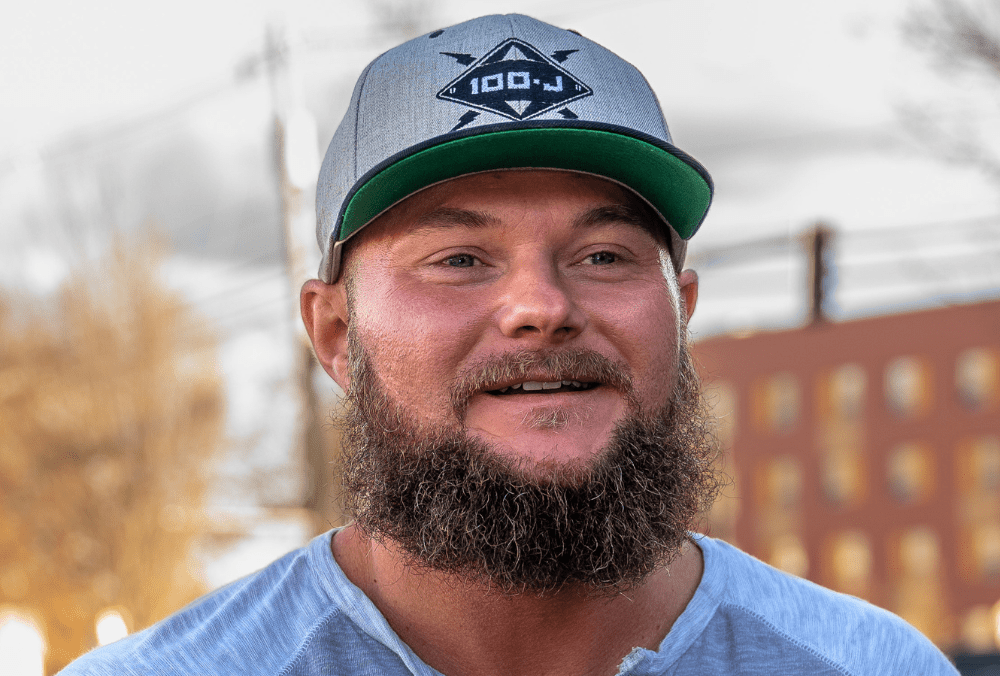Boston’s hip-hop scene thrives on innovation, and Jouls Juliano is at the forefront, blending raw talent with relentless creativity. Wasting no time, the producer-engineer-artist has unleashed two powerhouse singles that highlight both his versatility and deep industry connections.
“Adios” and “Cha Cha” dropped together, showcasing Juliano’s ability to craft dynamic, hard-hitting records. “Adios” unites the sharp lyricism of Slaine and the commanding presence of Ruste Juxx over meticulously built production, while “Cha Cha” shifts gears, featuring Termanology, Josue La Promesa, and Seefour in an electrifying collaboration that proves Juliano’s range across hip-hop’s diverse styles.
From his breakout EP Red Line to his engaging Live from the Lab Instagram series, Juliano has continually evolved while staying true to his South Boston roots. His journey from aspiring beatmaker to sought-after producer mirrors Boston’s own hip-hop transformation—rooted in tradition yet boldly pushing forward.
In this exclusive interview, we explore Juliano’s creative process, the stories behind his latest releases, and the experiences that have shaped his artistic vision. From production techniques to personal insights, Juliano breaks down his craft and shares his perspective on the future of hip-hop.
Can you describe a specific moment or experience that deeply shaped your current artistic direction?
A moment that shaped my artistic direction would be when I started to try to make beats that were comparable to those in the industry. I realized that I could produce records that were like the ones I hear on the radio. By doing so, I was able to take my production to the next level.
What tools, software, or techniques do you rely on when producing a track, and why?
I use Native Instruments software and hardware to produce. My DAW of choice when making beats is Maschine. I really like the workflow of the software and hardware. I am able to get my ideas out quickly. I usually like to start with a melody and build on it. Once I get a good foundation, I start to add layers and start to build the structure of the beat.
Can you describe a time when a song or beat didn’t turn out as expected, and how you handled that challenge?
There have been a couple, but one that stands out is my track “Not the Same” of the “Red Line” EP. The track did not have as much energy as I felt it should. So I got together with a group of people I trusted in the industry and also some people whose opinions I respect and had a focus group for the EP. After getting some feedback from my peers, I was able to make some changes to the track, and it made it one of my favorite tracks on the project.
Do you have a go-to technique or workflow when you’re trying to spark creativity in the studio?
If I am looking for inspiration in the studio, I will usually start to go through my instruments and sound libraries to find one thing that catches my ear. It’s usually a sound that resonates with me or a sample that I feel. Once I find the melody, I build. With production, there are many ways to find inspiration.
Have you ever worked with an artist who challenged your creative boundaries or pushed you to step outside your comfort zone?
I have definitely worked with people of this caliber. Both artists and producers. When I first worked with someone that challenged me, it was hard to find the motivation to keep creating. But over time I realized that these people were presenting me with an opportunity to grow and get better. Once I realized that, I unlocked more potential.
What kind of response or feedback have you received from your fans or peers about the track “Adios,” and how has that influenced how you see it now?
I’ve been getting some great feedback. It is inspiring to me. There is no better feeling than having your art appreciated and admired. I feel grateful.
How did the idea for the “Cha Cha” rhythm come about? Did you experiment with different musical styles before landing on that distinctive groove?
I always approach eating and sitting down in the studio the same way. I wait for the sounds to move me. Unless I’m asked for a specific style of production for an artist, I just go in and create. With Cha Cha, I did just that. The whole track was built around the melody. Once I got the melody, I started to build around it. I just keep adding elements that sound like they fit. It was the same when thinking about which artist I would like to have on the track. I listen to the beat and imagine who would complement the production. I really feel like the track came out better than I expected. The artist did their thing, and collaboratively it came out amazing.
What advice would you give to artists who may be struggling with self-doubt or external obstacles?
Always make time for your passion. It soothes the soul. Life gets busy; I know this very well. But make time to create and put it out for the world to hear.
What are your goals for the next five years, both musically and professionally?
My goals for the next five years would be to release as much music as possible, work with more talented artists and producers, and elevate my career to the next level.
As Jouls Juliano continues to push boundaries and elevate Boston’s hip-hop scene, his passion for innovation remains unwavering. With each beat, collaboration, and release, he cements his place as a force in the industry. Stay tuned – the future of hip-hop sounds promising with Juliano at the helm.






